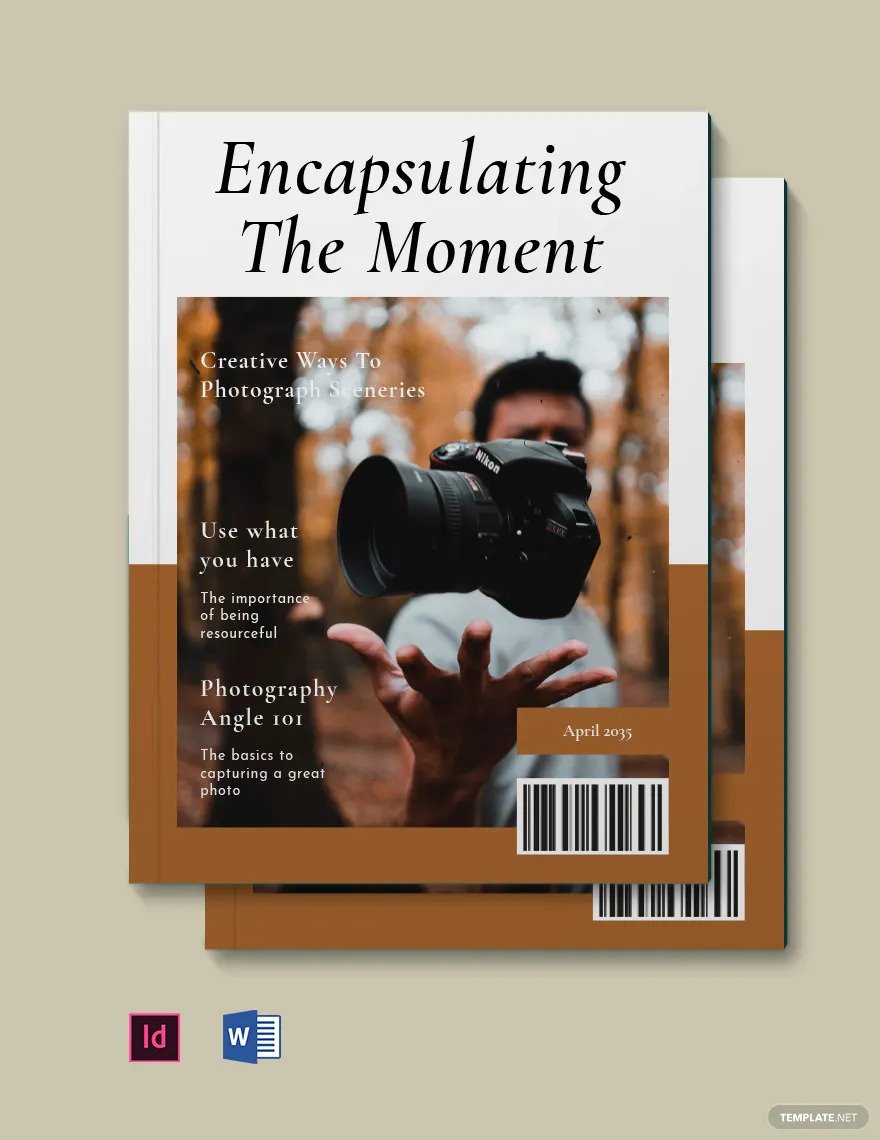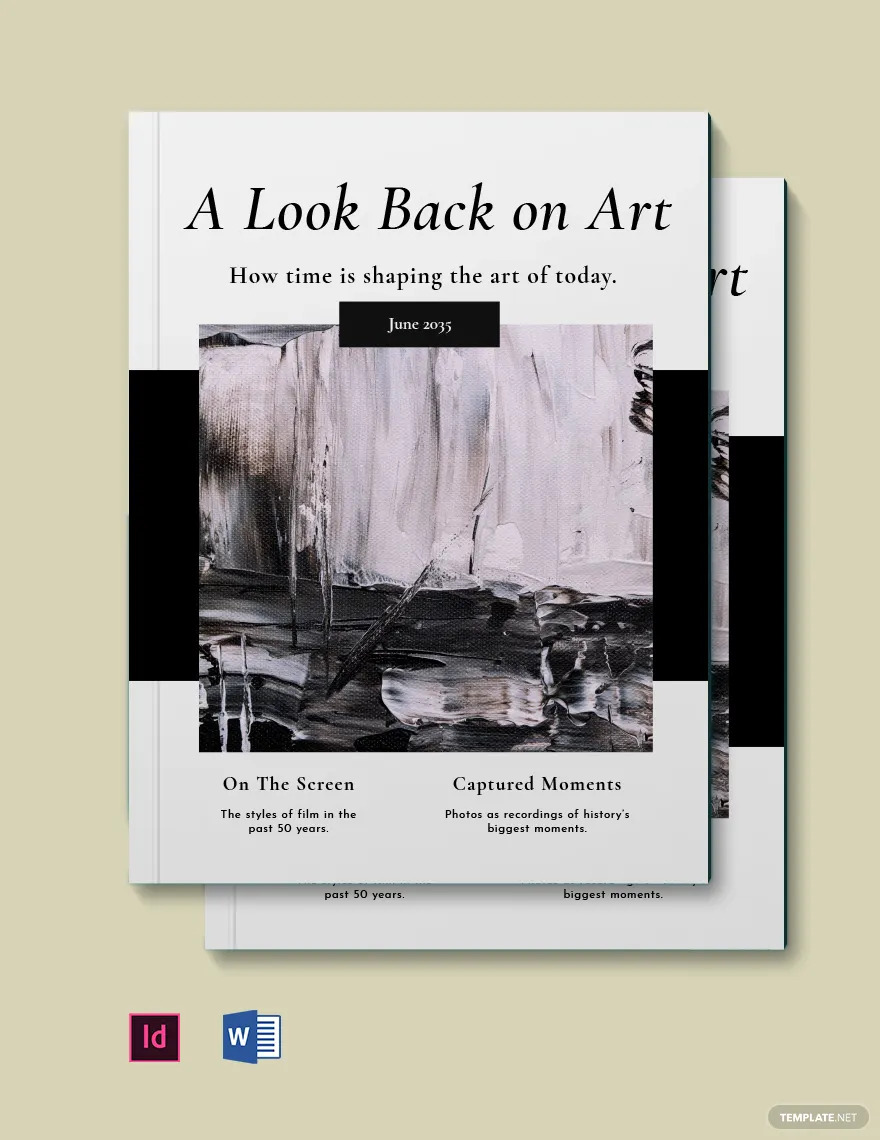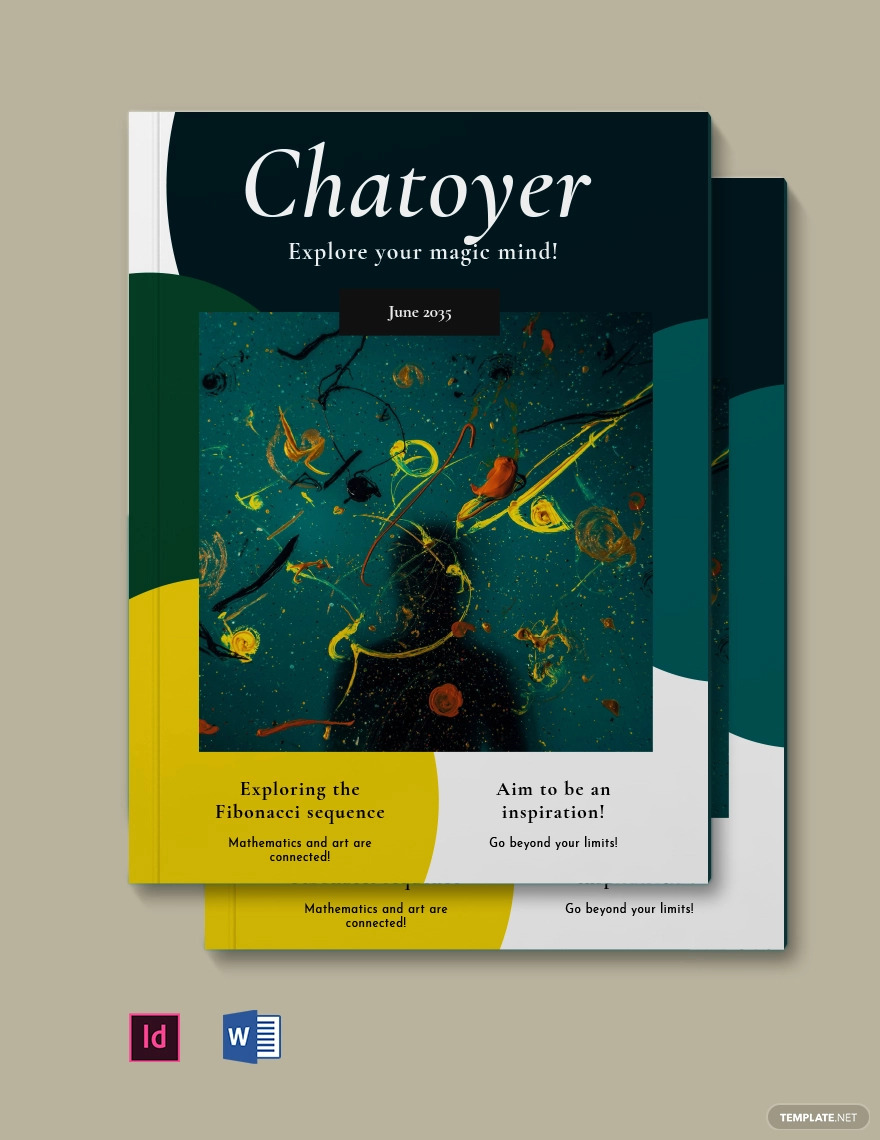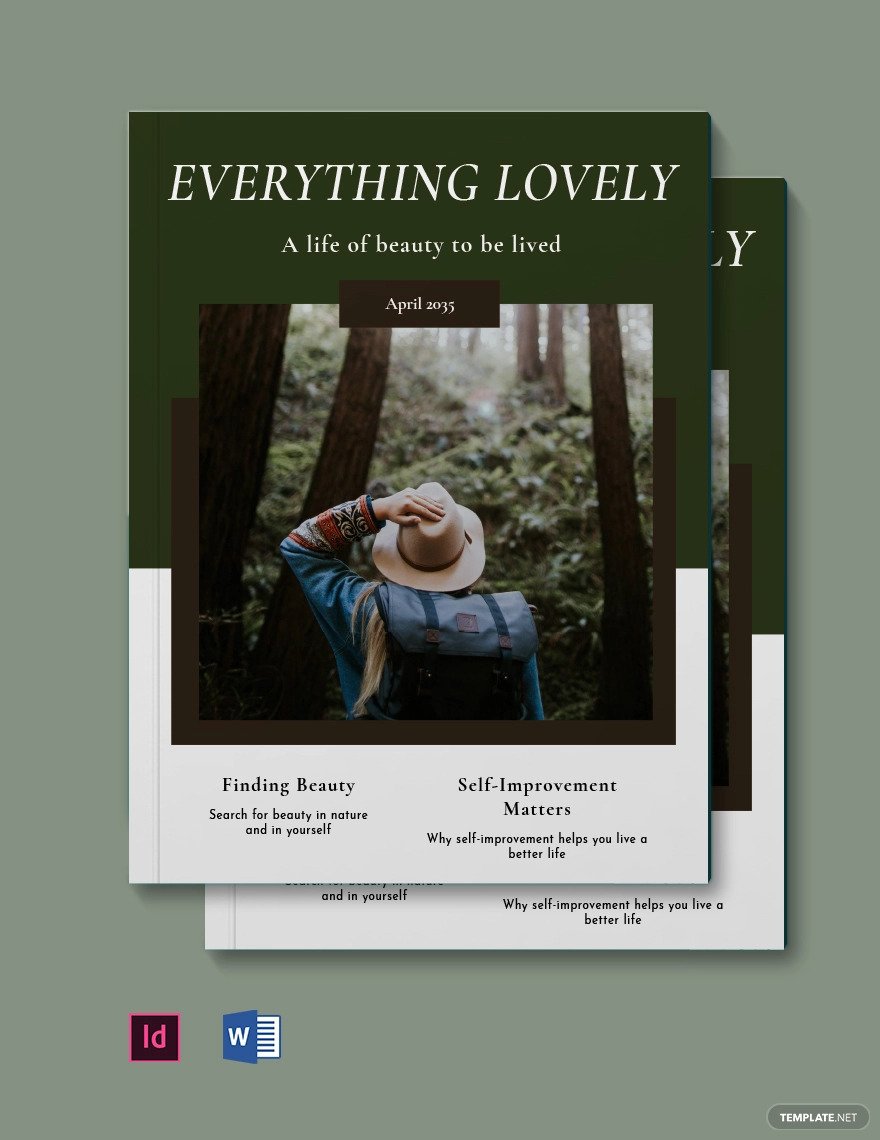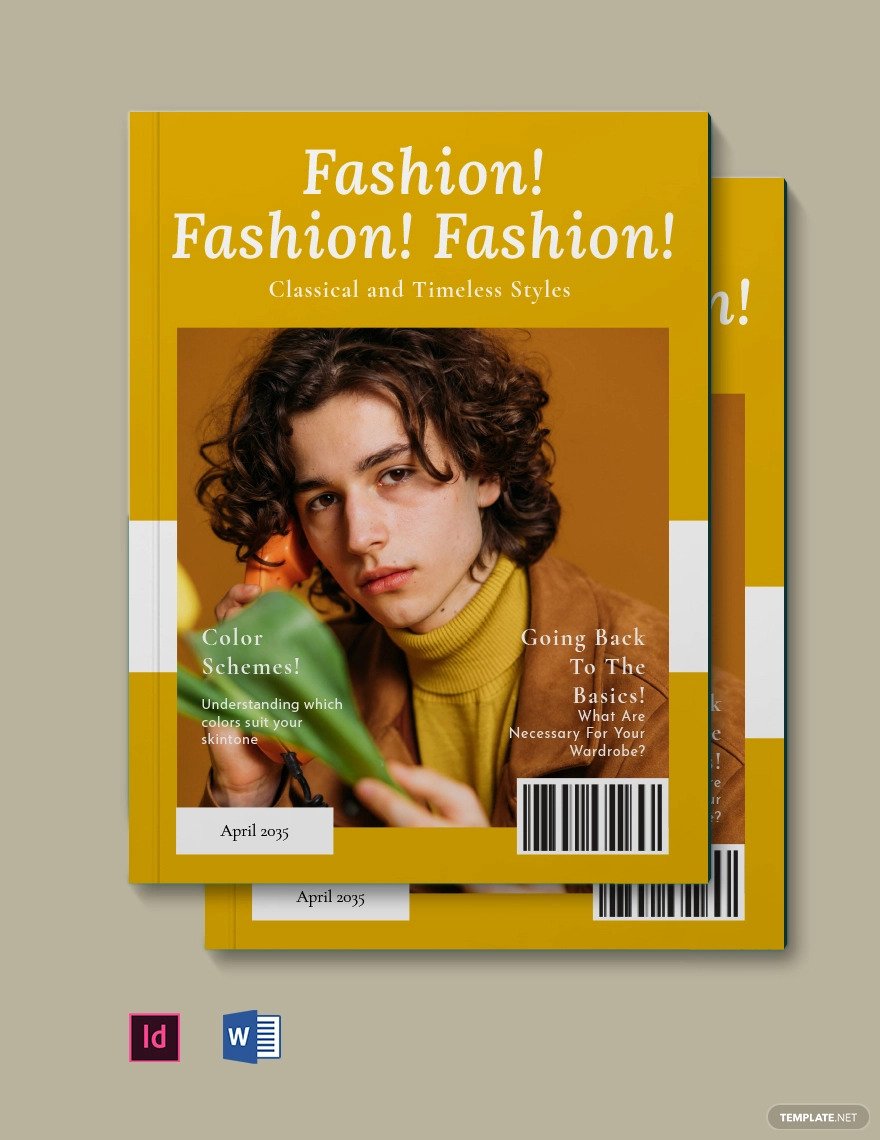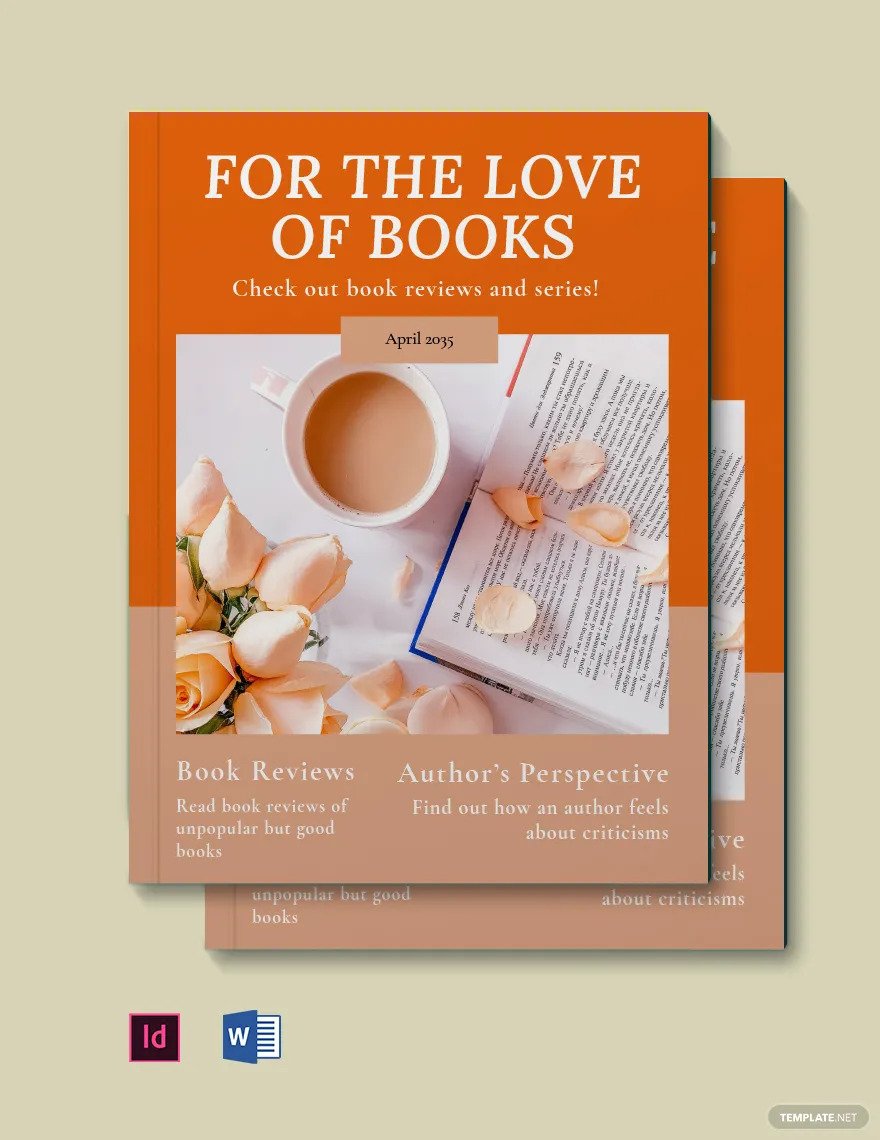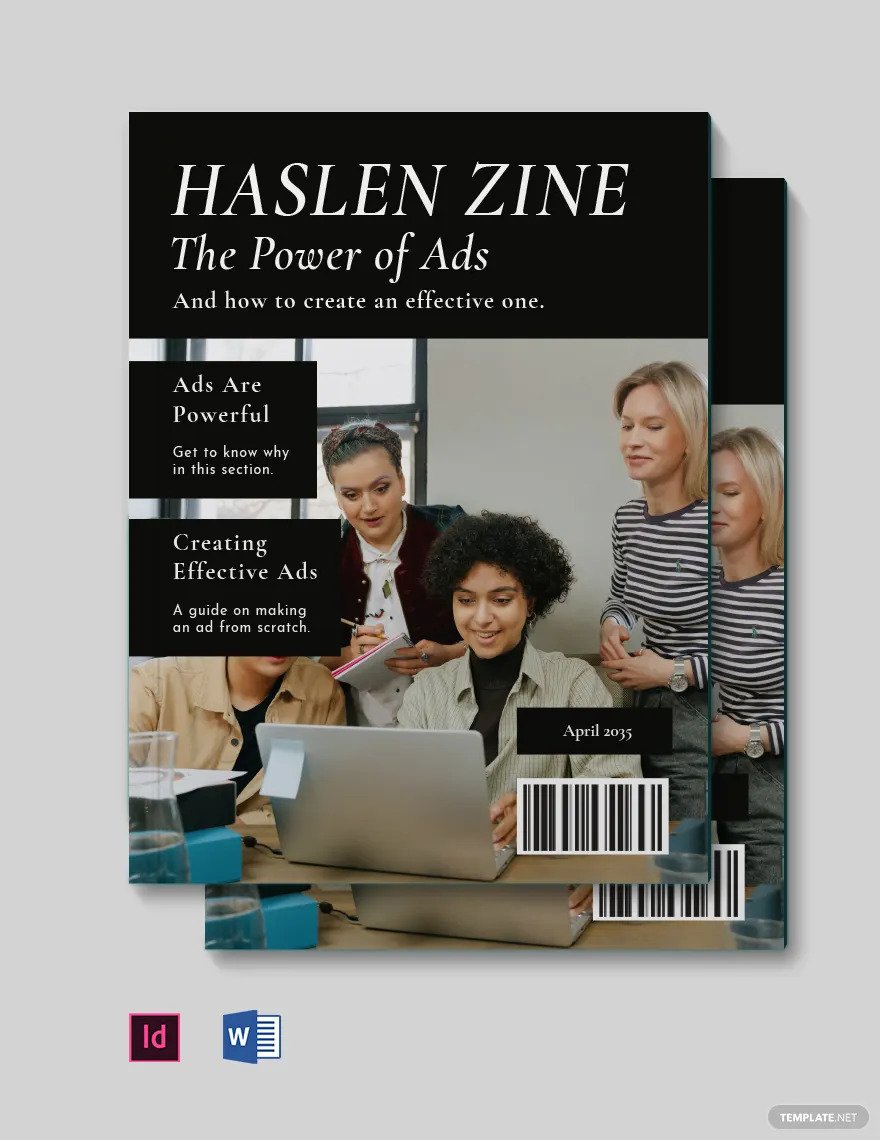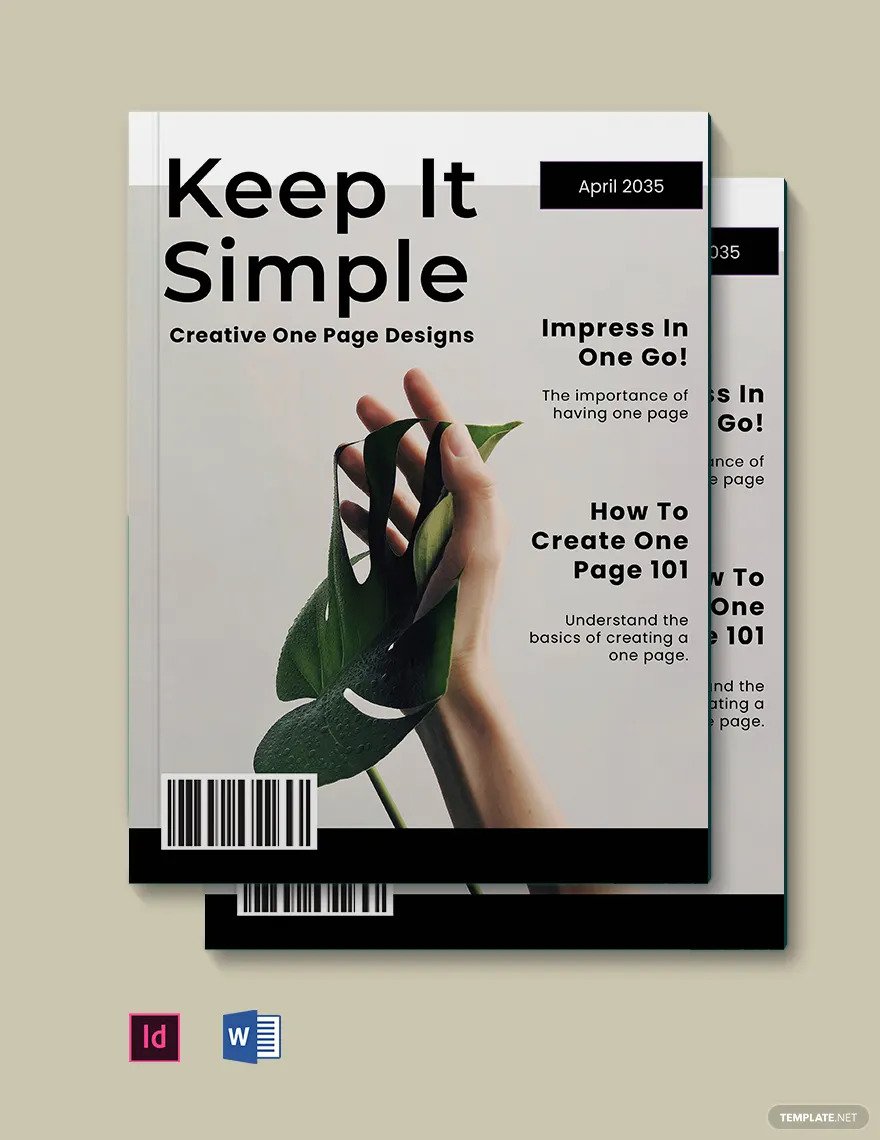Table of Contents
Zine
A zine shares many similarities with a regular magazine, but it also has stark differences, especially in terms of audience and readership. Zines can also cover all kinds of subject matter- from the popular to the peculiar.
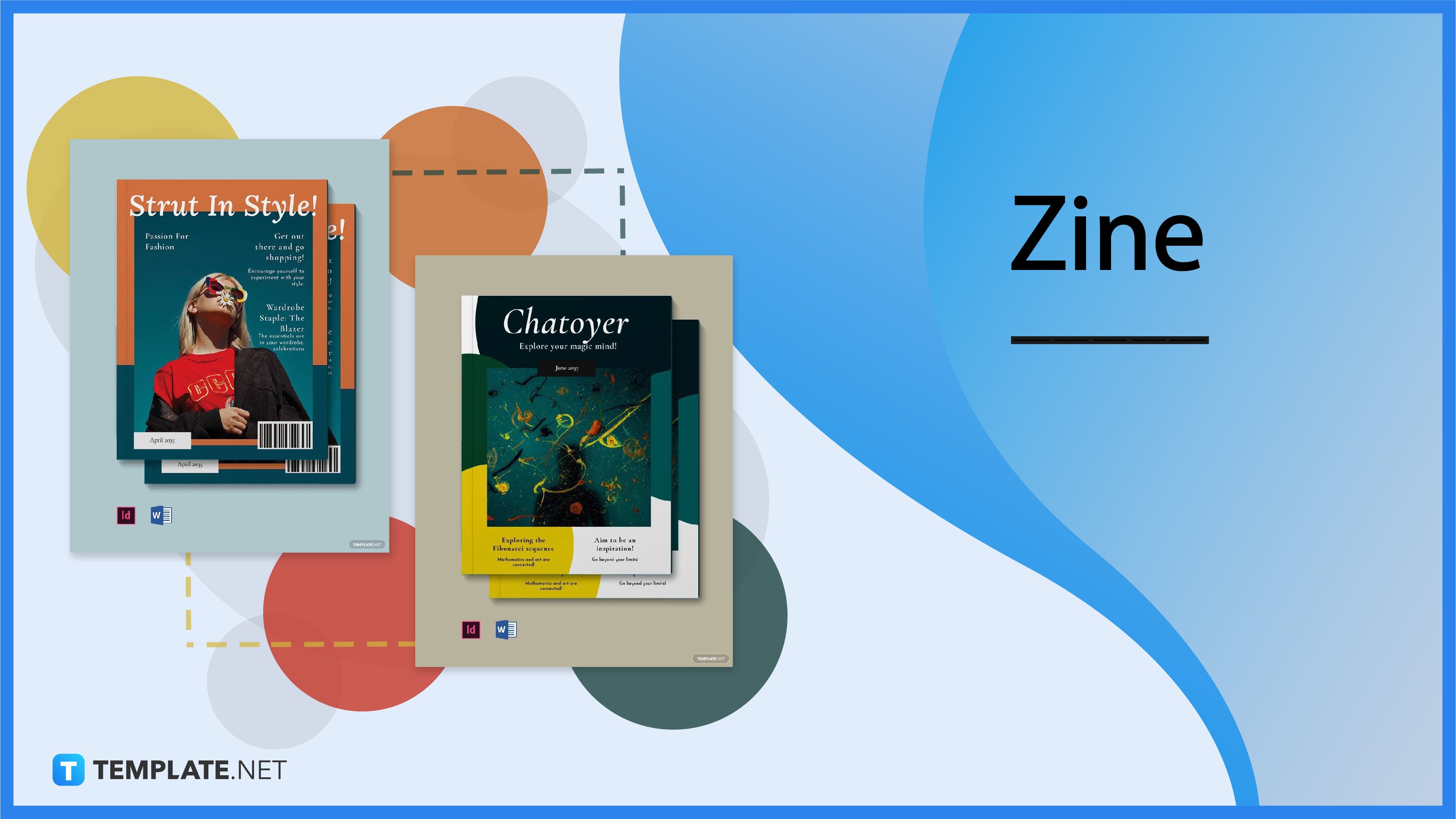
Zine Definition & Meaning
Zines are published works that are typically handmade or do-it-yourself and are mostly for personal use versus commercial use or distribution.
A zine, like a magazine, is a compilation of text and images and it can contain stories, articles, or even graphic art.
What Is a Zine?
A zine is a form of printed media that is presented either in print or digital form. Zines can feature a wide variety of topics and subject matter and their readership is rather concentrated or focused on a particular audience. Further, the circulation of zines is relatively small-scale compared to more mainstream and commercial magazines or newsprint.
10 Types of Zines
Photography Zine
Zines are unique in such a way that they are tailor-made for intimate and niche commercial. Zines are typically DIY and self-published and can either be printed or shared online. The photography zine below caters to photography enthusiasts and similar to a regular magazine, features different stories and articles about photography.
Art Zine
Zines are perfect for art-related content because the sky’s the limit for creativity and self-expression. Most zines are handmade and their circulation is limited and not as far-reaching as typical commercial magazines. The art zine example below covers visual art and even performing arts in its publication.
Creative Zine
The creative zine instantly captures the attention with its contrasting background and vibrant cover design. When it comes to zines, you can express yourself fully and incorporate unique elements into the publication. In other words, there really are no rules, but make sure you keep your audience in mind when selecting and curating the content of your zine.
Aesthetic Zine
An aesthetic zine is not just visually attractive, it should also stand out from the rest. The sample zine below features various topics that focus on self-help and self-improvement. Aside from thought-provoking articles, it would also be good to include high-quality images and other media to throw in some variety.
Fashion Zine
Fashion is a popular theme for magazines and zines. Fashion possesses all the elements of interesting content: glamour, history, and lifestyle. To make an impactful and stunning fashion zine, you need to strike a balance between eye-catching visuals and relevant content.
Clothing Zine
A clothing zine is a great way to showcase the different fashion trends and fads. The publication can come across like a shopping catalog but with more relevant content and narratives. Lastly, make sure to design an eye-catching and vivid zine cover with an attention-grabbing headline or title.
Digital Zine
The traditional zine is printed and distributed in hard copy. But nowadays with everything online, a digital zine is perfectly acceptable and normal. The digital zine template below is sure to stir the minds of bookworms and literature enthusiasts everywhere.
Ad Zine
An ad zine is an excellent way to showcase your brand, product, or service. It can also come in different formats but the most common format is a folding booklet or brochure. Depending on the content of the publication, the length of a typical zine is several pages and anywhere between 20 to 50 pages, at most.
One Page Zine
Nowadays, people rarely have the time nor the energy to read through excessively long articles. But with a one page zine, it is informative, simple, and straightforward. The minimalist design on the sample one-page zine below is simple yet sophisticated with a single image as the main focal point of the cover.
Informative Zine
The informative zine does not just have a beautiful design, it also has a layout that works. The font size, text, and colors blend well together and do not clash with or overwhelm the rest of the elements on the cover. If you want to create more impact, another helpful tip is to incorporate an interesting and engaging title or headline.
Zine Uses, Purpose, and Importance
Anyone can create a zine of their own if they have enough resources and the right materials. And depending on the particular objective and audience, a zine can serve several important purposes.
Vehicle for Self-Expression
A zine is an excellent vehicle for expressing one’s individuality and uniqueness. It offers writers, artists, designers, and other creatives an opportunity to showcase their work and ideas. And there is typically no limit to self-expression since most conventional rules do not apply to zines unlike magazines and other more regulated forms of print media.
Promotes a Sense of Community
The creative process of publishing zines and also reading them can help build a deep sense of community. Since zines are mainly considered more niche-based compared to other similar media, it is based much on shared interests and likes. And with this common thread comes a sense of community that is more authentic and genuine.
Cost-Effective Medium of Entertainment
Traditional magazines can cost a lot to print and reproduce. Compared to zines, magazines are definitely bigger and thicker because they contain more pages. A zine is smaller and shorter and therefore, a cheaper alternative. And since it can be printed at home or published independently, you can end up saving more as opposed to printing a full magazine.
Rare and Unique Form of Media
When compared to magazines, zines are rarer and thus possess some special value. Magazines, especially commercially printed ones, have a wide circulation and a wide readership or network. But a zine typically has a small and limited production so only a handful of copies are printed and distributed.
A Platform for Free Speech
A zine offers individuals a chance to speak out and voice their opinions. It is a platform for free speech, particularly for those who have little to no voice in mainstream society. Because there is relatively more freedom content-wise, zine publications can provide a safe space for minorities and underrepresented sectors of society.
What’s in a Zine? Parts?
Title
A zine should have a cover page, like any regular printed form of media. The title or headline should be short, relevant, engaging, and thought-provoking.
Subtitle or Subheading
On the cover page below the title, you can insert a brief and descriptive statement that creatively captures the main title. It can either be a short phrase or a simple sentence.
Date
The date of publication should also be found on the cover page of the zine. A zine can be published weekly, bi-weekly, monthly or quarterly, depending on individual preferences and availability of resources.
Graphics
A key element in a zine is the graphics and overall design. The cover page should have a visually appealing design and the inside pages can likewise contain images, illustrations, drawings, or even comic art.
Background Color
Choosing an appropriate background color for the cover page is crucial. The color scheme or palette should be able to capture the mood and tone of your publication but also be consistent with your overall brand or message.
Barcode
A unique barcode must also be included in the zine. Books, magazines, and other similar media normally have barcodes to distinguish one publication from the other.
Preview
Just like how you would lay out a typical magazine, a zine should also have a preview or teaser of what is expected in the pages of your zine. Feature the titles of your most interesting pieces or articles on the cover page if you really want to attract the readers’ attention.
How to Design a Zine?
1. Choose an appropriate zine size
2. Identify the objective of your zine publication
3. Select a zine template that matches your needs and tastes
4. Edit the title and subheadings of the zine cover page
5. Customize the graphic design and art
6. Add interesting articles, images, and other media to the inside pages of the zine
Zine vs. Magazine
A zine is a print or digital form of media that is normally, independent, self-published, and has a smaller circulation or distribution.
A magazine is a commercially distributed publication that contains a compilation of articles and images and can either be printed or digital.
What’s the Difference Between a Zine, Photobook, and Comic Book?
A zine is a small publication that tends to focus on themed topics and is essentially a compilation of text and images that are similar to a magazine.
A photo book is a printed publication that contains a compilation of photographs that may or may not have captions and text.
On the other hand, a comic book is a published narrative that contains graphic art and characteristic thought bubbles and panels that frame and divide the different scenes.
Zine Sizes
Zine sizes can vary depending on the specific needs or objectives of the publisher. But there are standard and universal document sizes that are the most common for publishing or producing zines.
- Statement Size (5.5 x 8.5 inches)
- A4 (8.27 x 11.69 inches)
- A5 (5.83 x 8.27 inches)
Zine Ideas and Examples
If you are planning on creating your own zine publication, it helps to get inspiration from different sources and ideas. There are a number of innovative zine ideas and templates that you can use as a blueprint and reference guide.
- Zine Ideas and Examples
- Birthday Zine Ideas and Examples
- Travel Zine Ideas and Examples
- Feminist Zine Ideas and Examples
- Food Zine Ideas and Examples
- Modern Zine Ideas and Examples
- Recipe Zine Ideas and Examples
- Artist Zine Ideas and Examples
- Minimal Zine Ideas and Examples
- Blank Zine Ideas and Examples
- 8 Page Zine Ideas and Examples
FAQs
What content is in a zine?
The content of a zine can cover all kinds of topics and can vary from art, anime, sociology, music, and other media.
What even is a zine?
A zine is a small magazine or printed work that is usually self-published and not for commercial use or distribution.
Do zines have themes?
Yes, most zine publications have themes that range from fashion, photography, feminism, pop culture, fandom, to politics.
Why are zines so popular?
Zines are popular, especially in niche communities, because they promote self-expression and artistic freedom.
What makes a good photo zine?
A good zine photo is a high-quality image that is able to capture the reader’s attention and also comes with an appropriate caption or text.
What does a zine do?
A zine booklet or pamphlet informs as well as educates the reader on various types of topics and subjects.
Why do zines matter?
Like most printed and digital platforms, zines matter because they are a medium of self-expression and provide a space or platform for different voices to be heard.
Are zines copyrighted?
Generally, zines are protected by copyright like most media publications and original work.
What paper is good for zines?
Silk paper, or even photo paper, is a good material for making and printing zines.
What are zines for feminism?
Zines that focus on feminism highlight women’s empowerment, stories of women, and other inspiring content related to women’s rights and issues.
How are zines published?
Most zines are self-published or independently published and are then reproduced using a photocopying machine.
Where can I publish my zine?
You can publish your zine using a number of different zine-friendly platforms such as Hares and Hyenas and the Sticky Institute.
Are zines still relevant?
Yes, zines are reclaiming their cultural significance in both print and digital forms.
What format can a zine be in?
A typical zine comes in a digest-size format but other popular formats include statement size (half a page) alternatively, you can also have a folded standard A4 or Letter size document.
Can a zine be digital?
Yes, zines can be published on digital platforms and shared online on social media and other channels.
How many pages are in a zine?
It depends on the publisher, but the average number of pages for zines ranges from 20 to 50 pages.
Why is it called zine?
The term ‘“zine” is short for fanzine, but it can also be a shortened and informal word for magazines.





